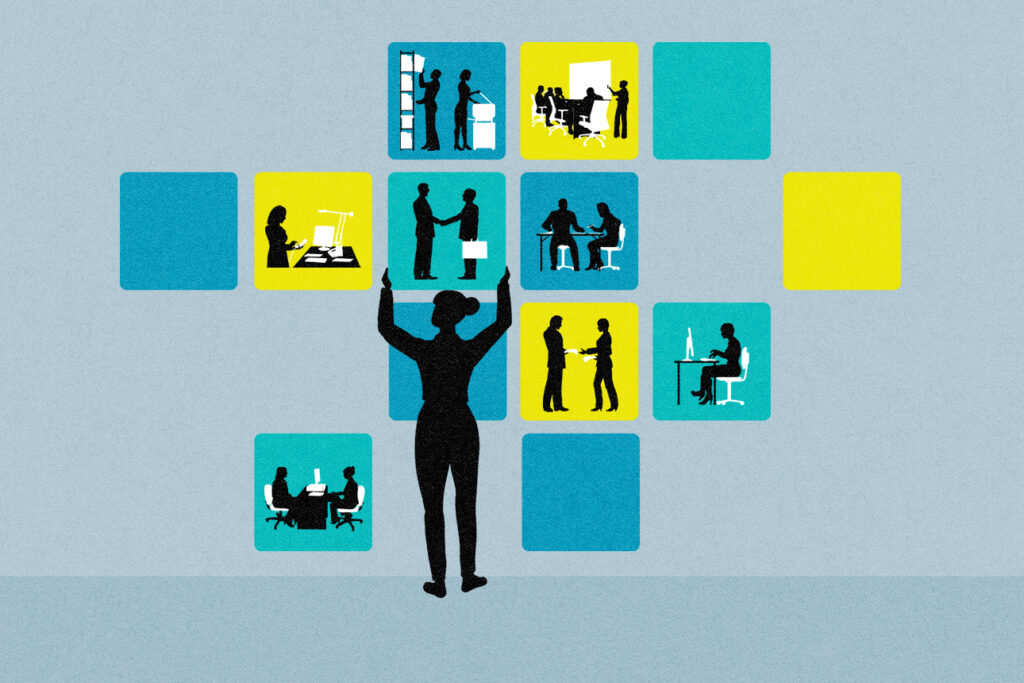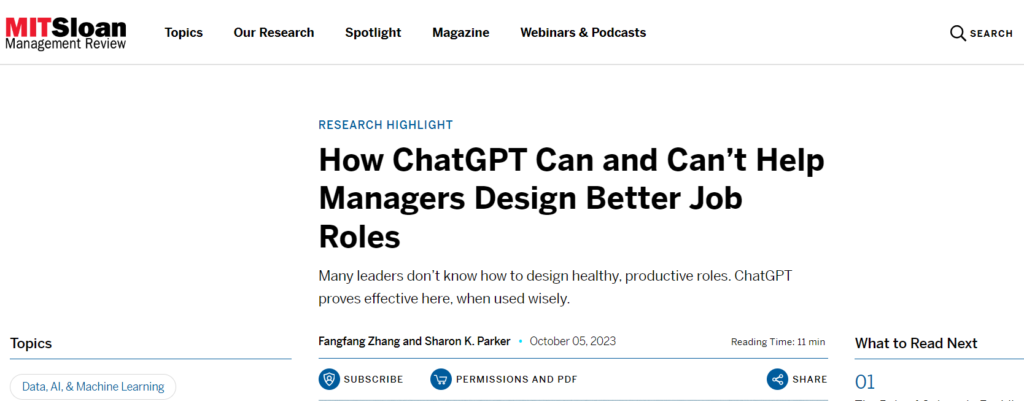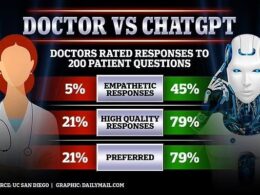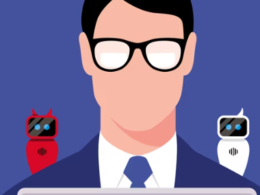the health strategist
institute for strategic health transformation
& digital technology
Joaquim Cardoso MSc.
Chief Research and Strategy Officer (CRSO),
Chief Editor and Senior Advisor
October 12, 2023
One page summary
What is the message?
As organizations grapple with rising employee burnout and declining engagement, there is a growing need to design healthy and meaningful job roles.
This article explores how AI technology, specifically ChatGPT, can help bridge the knowledge gap for managers in designing high-quality work that benefits both employees and organizations.
However, it’s crucial for managers to understand the advantages and limitations of using AI in work design.

Key Takeaways
The Challenge of Mundane Jobs:
Many employees report job dissatisfaction, burnout, and mental strain, leading to disengagement. The design of job roles plays a critical role in employee well-being and productivity.
SMART Work Design Model:
The SMART model defines high-quality work as stimulating, incorporating mastery, being agentic, relational, and tolerable. These characteristics are essential for job satisfaction and performance.
Managerial Knowledge Gap:
Research indicates that many managers lack the necessary skills and knowledge to design high-quality jobs that align with the SMART model.
ChatGPT as a Solution:
Artificial intelligence, like ChatGPT, can assist managers in creating better job roles. It can offer recommendations, suggest improvements, and provide guidance in designing tasks that align with the SMART model.
Balancing AI Use:
While ChatGPT can be a valuable tool, managers must be aware of its limitations. It cannot replace human judgment and should be used as a complement to managerial expertise.
Benefits of Well-Designed Jobs:
Jobs with SMART characteristics lead to improved employee engagement, mental well-being, and organizational productivity.
The Ongoing Challenge:
Despite the advantages of well-designed jobs, many employees are still engaged in roles lacking SMART characteristics.
Examples
- In surveys conducted in the United States, 40% of employees reported that their jobs had a negative impact on their mental health.
- Only 32% of U.S. workers were engaged, while 17% were actively disengaged in 2022.
- Well-designed jobs improve employee well-being, engagement, and organizational productivity.
Statistics
- U.S. employee engagement reached a seven-year low, with just 32% of workers engaged.
- Employees’ lack of engagement globally costs employers $7.8 trillion, equivalent to 11% of the global gross domestic product.
- According to the Gallup 2019 Great Jobs Survey, only 40% of employed Americans have jobs possessing SMART characteristics.
DEEP DIVE

This summary was written based on the article “How ChatGPT Can and Can’t Help Managers Design Better Job Roles”, published by MIT Sloan Management Review and written by Fangfang Zhang and Sharon K. Parker, on October 5, 2023.
To read the full article, click here












